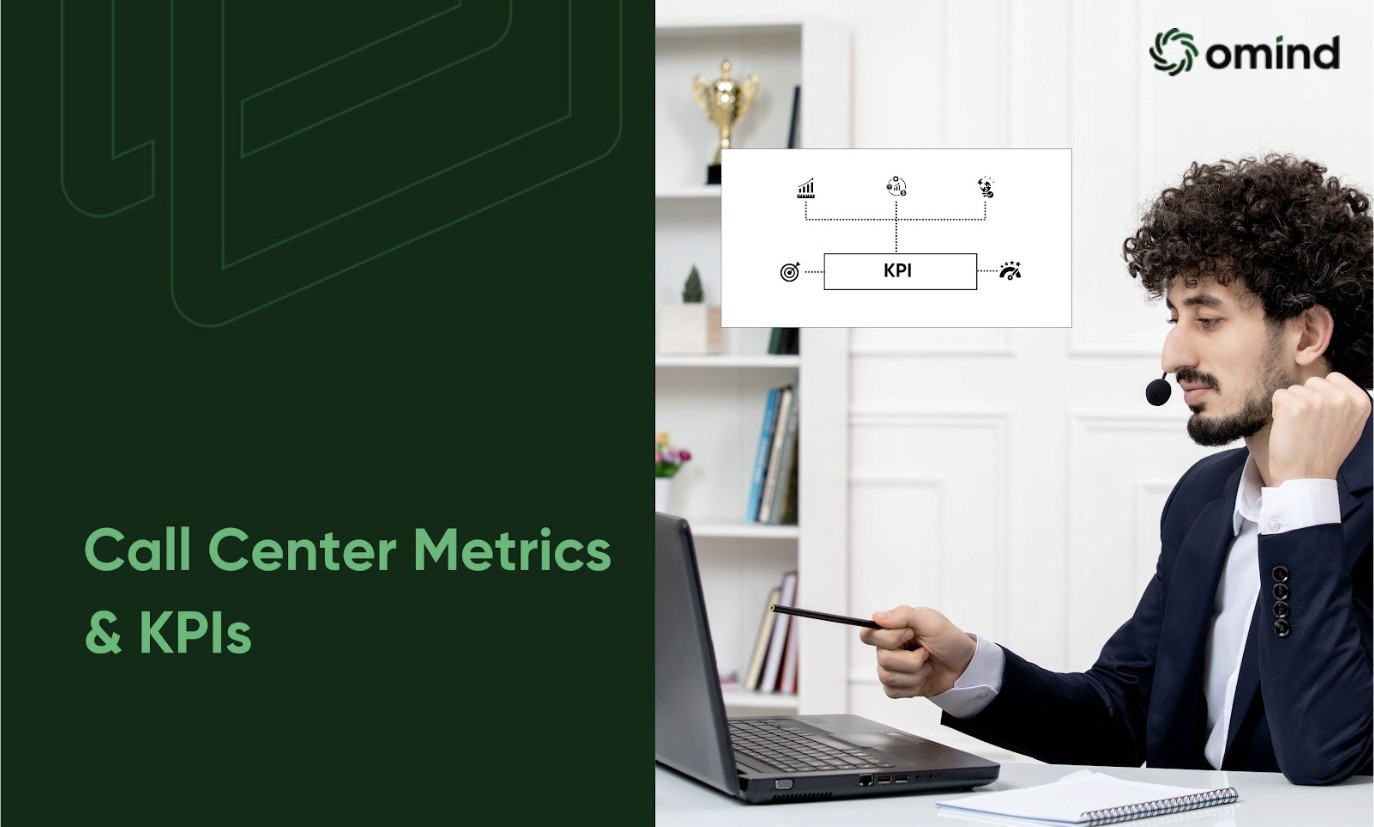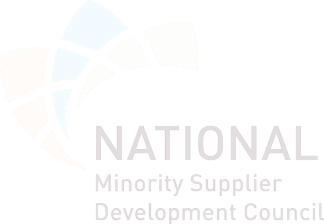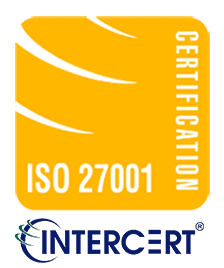Call centers are the frontline of customer interaction. Their performance directly impacts customer satisfaction in many ways, which in turn leads to a better or worse result for the company. To ensure that operations are running smoothly, businesses must closely monitor a wide range of KPIs. These metrics offer insights into various aspects of call center performance, from customer experience to agent efficiency and overall operational effectiveness. By focusing on the most critical KPIs, businesses can identify areas for improvement, allocate resources effectively, and drive continuous enhancement.
In this article, we’ll go through some of the important KPIs for call centers to pay close attention to, and see how performance can be improved for each metric.
What Are Call Center Metrics?
Call center metrics are quantifiable measurements used to assess different aspects of call center operations. They provide insights into performance, enabling businesses to make informed decisions. While metrics capture data points, KPIs are specific metrics deemed crucial for achieving organizational goals. For instance, average handle time (AHT) is a metric, but when tied to improving customer experiences, it becomes a KPI.
These KPIs provide a clear picture of performance, highlighting strengths and weaknesses. Regular metric monitoring uncovers trends, patterns, and anomalies. Armed with this information, businesses can pinpoint issues, implement corrective actions, and capitalize on opportunities in the future. In the end, decisions based on quantitative metrics lead to improved efficiency and reduced costs.
Call center metrics can be categorized into three primary groups. Let’s take a look at each metric in detail now.
Customer Experience Metrics
Customer Experience Metrics are quantitative measures used to evaluate how happy a customer is, throughout their interaction with a company. They provide valuable insights into how customers perceive a business and help identify areas for improvement.
Net Promoter Score (NPS)
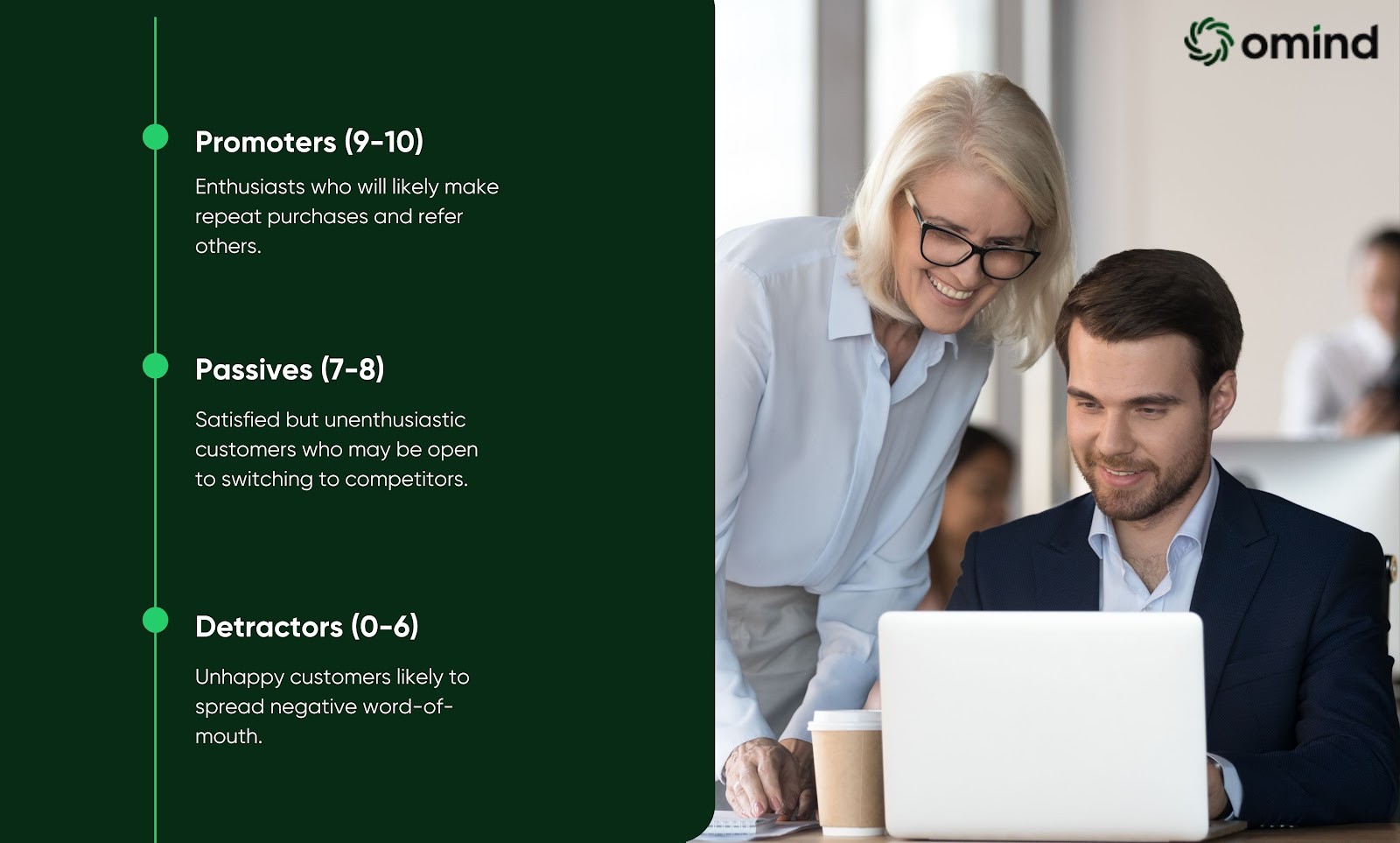
NPS gauges customer loyalty by asking a simple question: "On a scale of 0 to 10, how likely are you to recommend [company] to a friend or colleague?" Customers are categorized into three groups:
Promoters (9-10): Enthusiasts who will likely make repeat purchases and refer others.
Passives (7-8): Satisfied but unenthusiastic customers who may be open to switching to competitors.
Detractors (0-6): Unhappy customers likely to spread negative word-of-mouth.
NPS is calculated by subtracting the percentage of detractors from the percentage of promoters. A higher NPS indicates a stronger customer base and greater potential for growth.
Customer Satisfaction (CSAT)
CSAT measures customer satisfaction with a specific interaction or experience. It's typically assessed through surveys or feedback forms asking customers to rate their happiness on a scale (e.g., 1-5 or 1-7). By calculating the percentage of customers who rate their experience as "satisfied" or "very satisfied," businesses can understand customer sentiment and identify areas for improvement.
First Call Resolution (FCR)
FCR measures a call center's efficiency by determining the percentage of customer issues resolved on the first contact. A high FCR rate indicates effective problem-solving and reduced customer effort. It also contributes to lower operational costs as it minimizes the need for follow-up calls and escalations.
Customer Effort Score (CES)
CES evaluates how easy it is for customers to interact with a company and accomplish their goals. Customers are asked to rate the level of effort required to complete a task, typically on a scale. A lower CES score signifies a more effortless customer experience. By focusing on reducing customer effort, businesses can make customers happier.
Agent Performance Metrics

Agent Performance Metrics are quantitative measures used to evaluate the productivity and efficiency of individual call center agents. They help identify top performers, areas for improvement, and overall call center efficiency.
Agent Utilization Rate
Agent Utilization Rate measures the percentage of time an agent is actively engaged in work-related activities, including customer interactions and after-call work. It indicates how effectively agents use their time and contributes to overall call center efficiency. A high utilization rate suggests optimal resource allocation.
Occupancy Rate
Occupancy Rate calculates the percentage of time an agent is occupied, including both talk time and after-call work. It reflects the overall workload and capacity of an agent. A balanced occupancy rate ensures agents are busy without being overwhelmed, leading to improved efficiency.
Average Speed of Answer (ASA)
ASA measures the average time a customer waits before connecting with an agent. A lower ASA indicates faster response times and better service quality. It is a critical metric as it reflects the overall efficiency of the call center.
Average Handle Time (AHT)
AHT measures the average duration of a customer interaction, including talk time, hold time, and after-call work. A lower AHT generally indicates efficient call handling and increased agent productivity. However, it's essential to balance AHT with other metrics like First Call Resolution (FCR) to ensure that shorter call times don't compromise problem resolution.
Call Center Performance Metrics
Call Center Performance Metrics provide a comprehensive overview of the call center's overall efficiency and effectiveness in meeting operational goals. They offer insights into resource allocation, cost management, and service quality.
Cost Per Call (CPC)
CPC measures the average expense incurred to handle a single call. It includes the labor costs, technology investments, infrastructure expenses, and other operational overhead. By tracking CPC, call centers can identify cost-saving opportunities and optimize resource utilization.
Service Level
Service Level defines the percentage of calls answered within a predetermined target time, often expressed as a percentage. For example, a service level of 80% means that 80% of calls are answered within a specific timeframe. This metric is crucial for ensuring timely service delivery.
Call Volume
Call Volume represents the total number of incoming calls received over a specific period. Analyzing call volume trends helps in forecasting staffing requirements, identifying peak hours, and optimizing resource allocation. It also aids in capacity planning to handle fluctuations in call traffic.
Call Abandonment Rate
The Call Abandonment Rate measures the percentage of callers who hang up before connecting with an agent. A high abandonment rate indicates potential issues such as long wait times, insufficient staffing, or system failures. Reducing abandonment rates is essential for retaining potential customers.
How to Improve Your KPIs
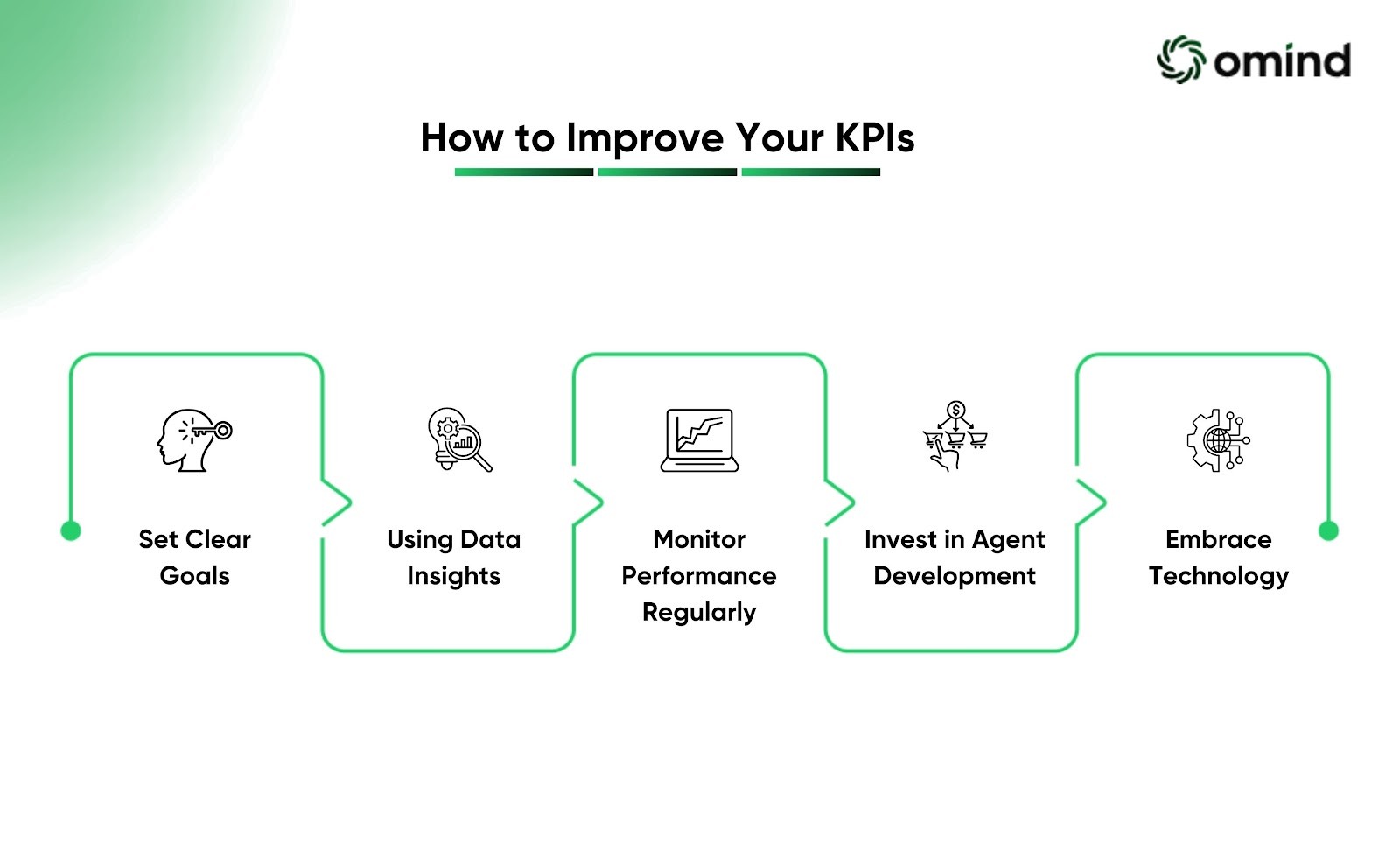
Optimizing call center performance requires a systematic approach centered around data analysis, goal setting, and continuous improvement.
Set Clear Goals
Establishing well-defined objectives is crucial for driving improvement. By setting Specific, Measurable, Achievable, Relevant, and Time-bound (SMART) goals for each metric, call centers can create a clear roadmap for success. For instance, a SMART goal might be "increase CSAT scores by 10% within the next quarter by implementing new agent training modules."Using Data Insights
Data is the cornerstone of effective call center management. Analyzing metric data reveals patterns, trends, and areas for improvement. Identifying bottlenecks, such as high abandonment rates or extended handle times, allows for targeted interventions. For example, if data shows a spike in call volume during specific hours, adjusting staffing levels accordingly can significantly impact performance.Monitor Performance Regularly
Consistent metric tracking is essential for measuring progress and identifying deviations from goals. Regular performance reviews help detect emerging issues and allow for timely corrective actions. Implementing real-time dashboards can provide instant visibility into the KPIs, enabling better management.Invest in Agent Development
Comprehensive training programs equip agents with the knowledge, skills, and confidence to excel. Ongoing coaching and development lead to continuous improvement and boost employee morale. By investing in agent development, call centers can enhance customer interactions.Embrace Technology
Technology plays a pivotal role in modern call centers. Call center software and automation tools streamline processes, improve efficiency, and enhance the customer experience. For example, implementing an AI-powered chatbot can handle routine inquiries, freeing up agents to focus on complex issues. Additionally, customer relationship management (CRM) systems provide agents with valuable customer information, enabling personalized interactions.
By following these steps, call centers can achieve significant improvements in performance, resulting in increased efficiency and greater business success.
Metrics For A Better CX
Call center metrics are indispensable tools for driving performance excellence. By closely monitoring and analyzing these metrics, businesses can gain valuable insights into customer behavior, agent performance, and overall operational efficiency. Continuous improvement efforts are essential for delivering exceptional customer experiences and achieving sustainable growth.
If you’d like a helping hand at improving your call center KPIs, Omind is your answer. Omind leverages AI to bring to you a conversational platform that helps visitors engage with your business and helps you turn them into paying customers. To see how our platform works, schedule a demo today.
AUTHOR
Team Omind
Empowering Businesses with Unified Customer Experience Platform, Leveraging Advanced AI and Intelligent Automation
PRODUCT
QMS
Share LINK
Related Blogs
